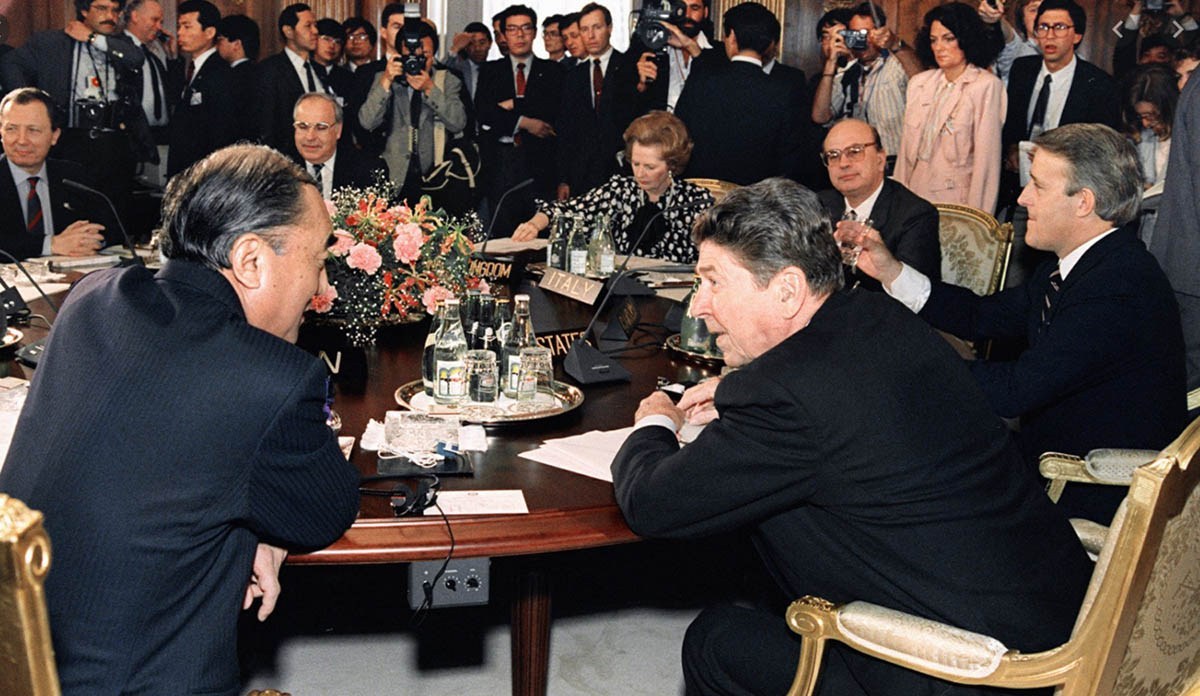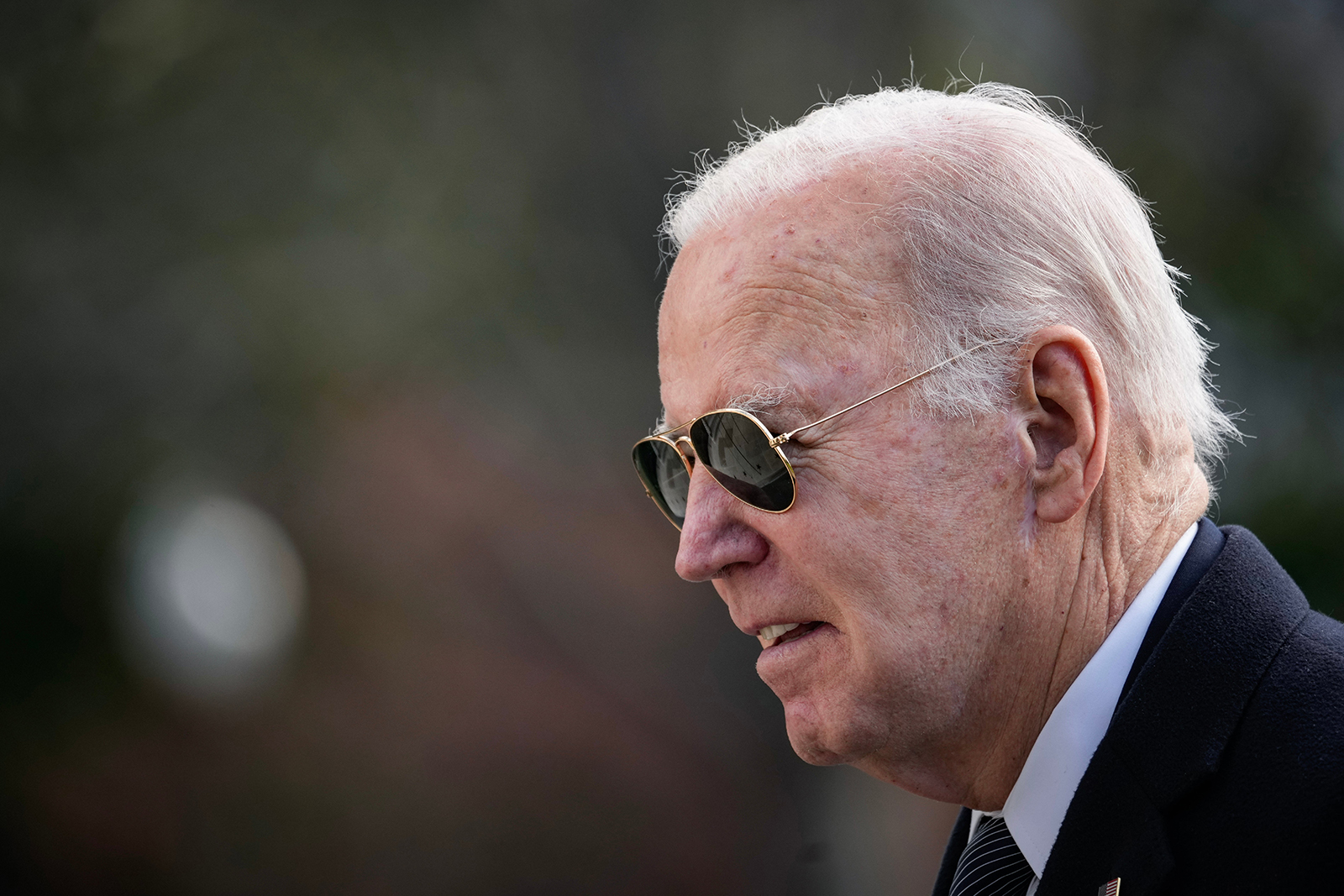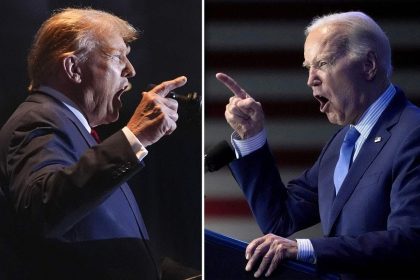[ad_1]
Senior Biden Administration officials have suggested Western nations might unite behind a major revaluation of China’s yuan, along the lines of the 1985 Plaza Accord with Japan. Surprisingly, some Chinese economists have welcomed the idea – surprising because China in the past viewed the Plaza Accord as the end of Japan’s ascendancy and has been vociferous in denouncing a repeat. But the China of 2021 isn’t the Japan of 1985, and China has its own reasons to want its currency to appreciate, just as the United States has good reason to let the dollar fall – Treasury Secretary Janet Yellen’s perfunctory denial notwithstanding.
Since its May 27, 2020 low, the yuan has risen 10% against the dollar and probably has further to go. Depending on what China is offered in return, Beijing might let the Biden Administration declare victory in a currency negotiation. During the two years after the Plaza Agreement, the US dollar fell by 51% against the Japanese yen thanks to coordinated central bank intervention. A doubling of the yuan against the dollar is out of the question, but an additional gain of 10% to 20% on top of the recent 10% appreciation isn’t impossible. Indeed, it’s the likely natural outcome of accelerating US-China economic growth divergence in favor of China in the post-Covid period.
“Biden advisers said they also will push more focused forms of multilateralism,†the Wall Street Journal reported Jan. 6,†adding that Jake Sullivan, “the Biden national security adviser, named the Plaza Accord of 1985 where the U.S. and its allies intervened to weaken the dollar as a successful model of international economic cooperation.†Sullivan’s statement went unremarked in the United States but was cited by JÄ«n ZhÅng, a steady contributor to one of China’s most influential political websites, guancha.cn. “I hope the U.S. can unite its allies with China and exert pressure to reach a new Plaza Agreement,†the Chinese commentator said.
We wrote late last year that China’s stated intention to shift the composition of its GDP towards consumption (“dual circulation policyâ€) required a stronger currency (“Dollar doomed as China shifts to consumption,†Sept. 29, 2020). China’s national savings rate remains in the mid-40-percent range, double that of the United States. The flip side of a high savings rate is a current account surplus: the Chinese sell goods abroad and save the proceeds. After the 2008 crisis, Beijing sustained growth through a high rate of investment; now it has to shift growth towards consumption. It wants to increase imports and will benefit from an appreciating currency that cheapens the price of imports.
The trouble with the Plaza Accord, JÄ«n ZhÅng claims, was not simply that Japan’s currency appreciated sharply, but that Japan waited until 1989 to respond to rising inflation, and then raised the central bank’s short-term lending rate to 6% from 2.5%, provoking a stock market and real estate crash from which it has yet to recover. China, he explains, had a similar problem after 2008 when the US let the dollar depreciate. Chinese inflation rose, the central bank tightened, and the stock market crashed in 2015 and 2016.
Easy money in the West feeds asset bubbles in China, especially in real estate, the guancha.cn analyst argues, citing the rapid growth in China’s foreign exchange reserves since 2008 and the rise in China’s inflation rate. China has to deleverage its economy, but gradually, “tapping the brakes slowly,†he concludes.
As South China Morning Post columnist Tom Holland wrote in 2019, “the yen overshot massively, doubling in value against the US dollar by the end of 1987.†The Bank of Japan cut interest rates in a failed attempt to stop the yen’s appreciation, but this “ignited a domestic boom of epic proportions. It was a classic financial bubble, and inevitably it burst, pushing Japan into a deflationary liquidity trap it is still trying to escape.†But, as Holland observed, “the cause of Japan’s lost decades was not the appreciation of the yen that followed the Plaza Accord. It was the misguided attempts of the Japanese authorities to resist that appreciation.â€
That is the guancha.cn columnist’s point as well: Through adept monetary management and gradual de-leveraging, China can absorb the impact of a rising currency without creating a boom-and-bust cycle.
Chinese economic circumstances, moreover, are very different from Japan’s in 1985. For one thing, Japan’s savers could not be persuaded to spend.  China’s population, by contrast, has enormous pent-up demand for consumer goods, including automobiles and appliances. China already has agreed to cut its import tariffs by up to 90% under the Regional Comprehensive Economic Partnership concluded among 16 Asian nations in November, a signal that Beijing wants more and cheaper imports to satisfy consumer demand. A rising yuan would accomplish the same objective.
America has the opposite problem. The Biden Administration wants to spend an incremental $4 trillion, or about 20% of US GDP, on a combination of economic stimulus and infrastructure investments, as JÄ«n ZhÅng notes in his guancha.cn analysis. It needs a combination of foreign inflows and higher domestic savings to finance this enormous expenditure.
With foreign purchases of US Treasury securities down to zero during 2020, the US depends mainly on the Federal Reserve to absorb the avalanche of new debt on its balance sheet, which rose by $3 trillion over the past year. A falling dollar does double duty: It raises the domestic inflation rate, prompting households to save more (to compensate for a fall in the value of existing savings), and it cheapens domestic assets to attract foreign flows.
Along with the prospective appreciation of the yuan, two other key items will figure prominently in US-Chinese negotiations. During the campaign, candidate Joe Biden excoriated the Trump Administration for imposing high tariffs on Chinese goods, arguing (in our view correctly) that the tariffs provoked an industrial recession in 2019, well before the COVID-19 pandemic. Presumably, Biden would like to get rid of the tariffs, but will not do so unless he gets something in return.
The other issue is restrictions on sales of US technology to China. China is by far the largest consumer of semiconductors (although some of this is for components for exported goods), buying $350 billion of computer chips in 2020, out of total world demand of $440 billion. No semiconductor company can survive without sales to China, and the US high-tech industry viewed Trump’s restrictions with anguish. Biden’s Silicon Valley constituency wants to climb down from this ledge, before China’s massive internal program to achieve semiconductor self-sufficiency creates a monster that threatens the viability of the major American firms. Again, Biden will not ease controls unless he is perceived to get something in return, for example, an opening of China’s internal market to US technology firms.
In the medium to long term, China wants to expand the global use of the yuan as a reserve currency, although not if it increases the vulnerability of its internal market. China needs to reduce leverage and make its regulatory framework more robust before it can open its capital markets sufficiently to achieve this goal. A strengthening yuan and a consequent increase in imports, though, promote this goal. A country that offers a reserve currency must make that currency available to the rest of the world. It is hard to run a chronic current account surplus, which siphons money out of the rest of the world and offer a reserve currency. The world suffered a chronic dollar shortage in the wake of the Second World War, and the US compensated through the Marshall Plan and other aid and lending programs.
China can afford to run a zero or even slightly negative current account balance as imports rise, preparing the ground for the eventual use of the yuan as a major reserve currency. In that respect, yuan appreciation today prepares the ground for China’s medium-term objectives.
We conclude that on all three of these issues – yuan appreciation, import tariffs and technology export controls – Joe Biden and Xi Jinping have overlapping if not identical interests. The objective correlation of forces, as Communist Parties liked to say, points to a US-Chinese agreement. That by itself doesn’t make for an agreement. Both sides have to understand and work with the other’s perceptions and internal political requirements.
Since the Deng Xiaoping reforms of more than 40 years ago, the Chinese have avoided grand policy shifts. They have preferred experimental pragmatism and gradualism, rather than big solutions and disruptive “revolutionary†change. For example, Shenzhen, a sleepy fishing village when Deng took the premiership, became one of China’s first capitalist experiments; as it became a high-tech megalopolis, other examples followed.
In contrast to Deng, Xi Jinping is less patient and more inclined to attempt big solutions. Nonetheless, cautious pragmatism remains the prevalent mood at China’s State Council. If the Biden team understands China’s aversion to grand gestures and gives China space to work through the policy at its own pace, then a comprehensive agreement is possible. China wants and needs to strengthen its currency; if it can secure other agreements while doing what it planned to do in any case, all the better.
A strong currency will appeal to Xi’s sense of national grandeur. The predilection for a strong currency echoes the Meiji restoration motto of “Rich country, strong army†(Fukoku kyÅhei (富国強兵) and its Chinese equivalent fuguo qiangbing (富国强兵) of the Warring States period. It is quite possible for both Xi and Biden to get what they want, or, better said, to learn to want what they will get in any case.
[ad_2]












